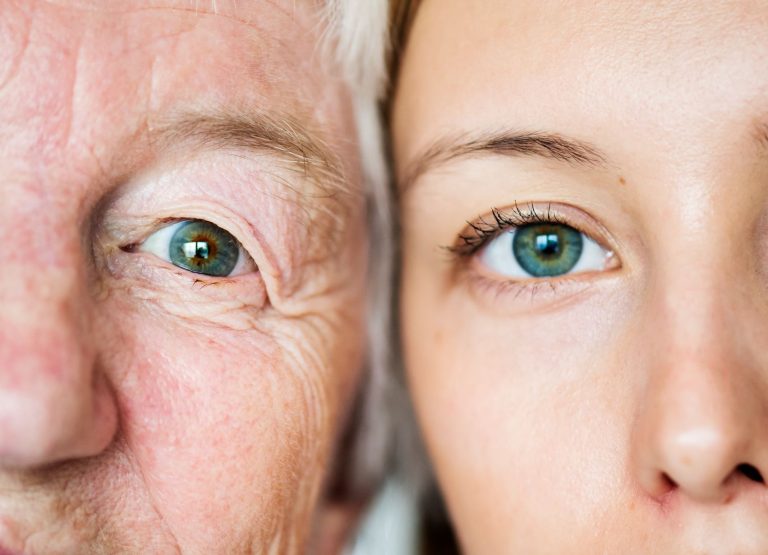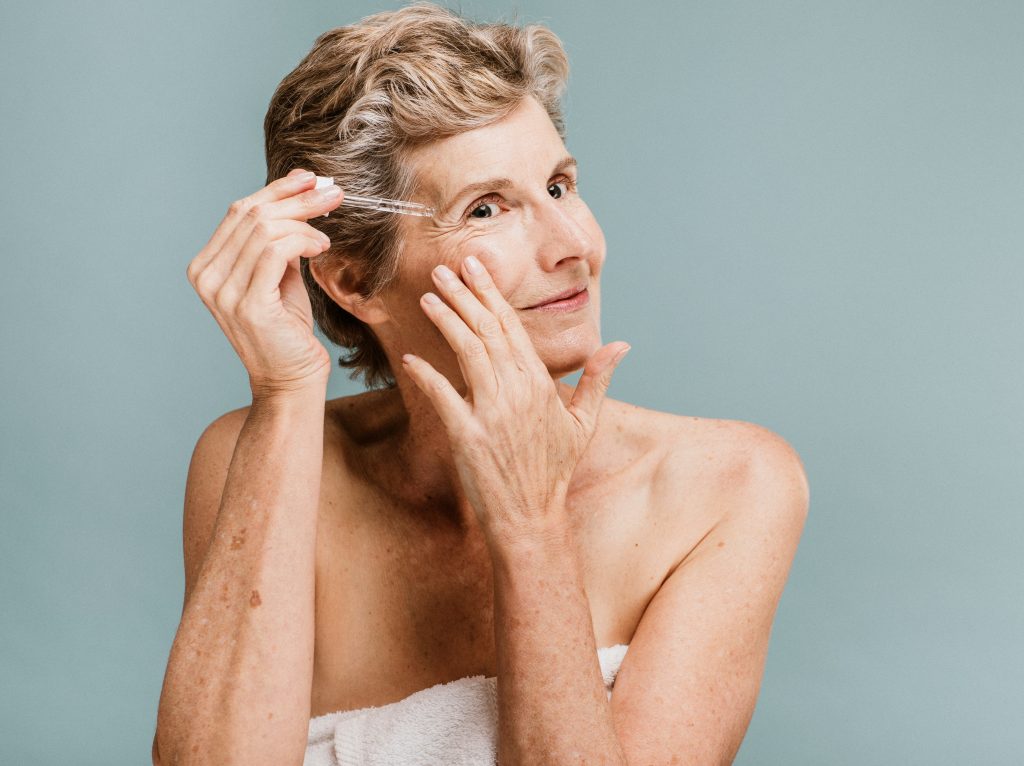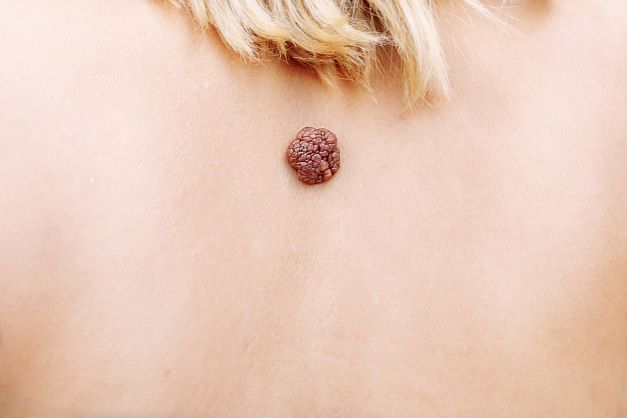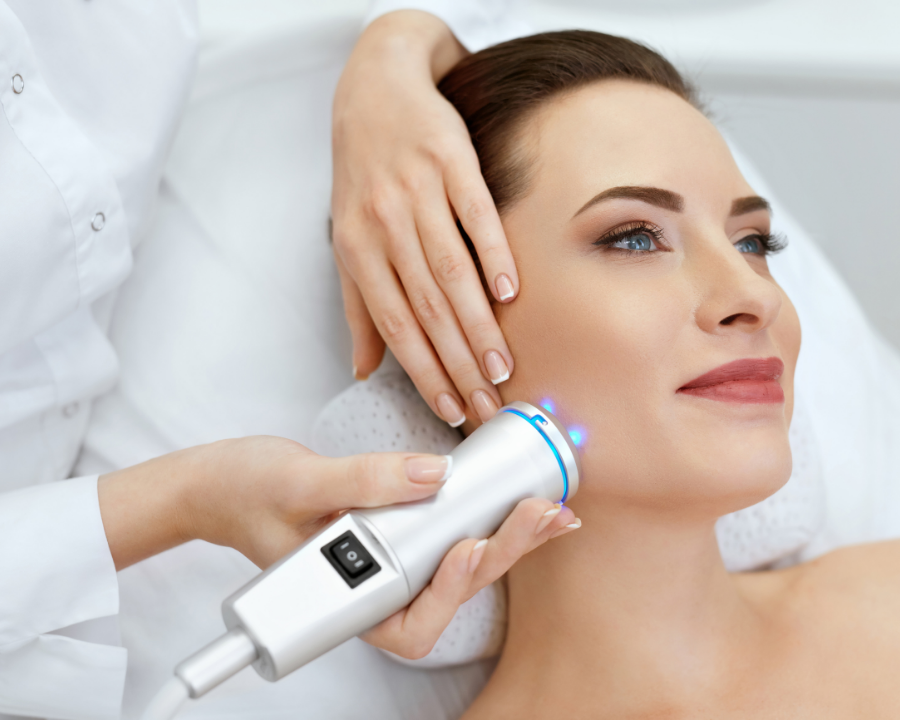Skin cancer is one of the most serious skin conditions we treat here at Summit MD Dermatology. Our dermatologists are committed to helping our patients have a better understanding of the risk factors and warning signs of this serious skin concern. Skin cancer is also the most common form of cancer in the United States. It usually develops when cells in the skin are exposed to ultraviolet rays, either from the sun or tanning beds.
UV radiation causes damage to the DNA in your skin cells, which can result in a change in their characteristics. This includes the growth of abnormal cells and tumor formation. Tanning beds, tanning lotions, and other tanning equipment increase the risk of skin cancer because they emit UV radiation that can cause photo-aging as well as cancer.
Many people ask if skin cancer is genetic? And it’s not a simple yes or no answer, our genetics determine almost everything about us. From physical attributes to developing certain health conditions, we tend to inherit a lot of what makes us who we are from our family. Just like many health conditions, having someone close in the family who has been diagnosed with a type of skin cancer does increase the risk of developing it. There are some inherited genetic diseases that are associated with a higher risk of skin cancer. Although research does indicate that only about 10% of people who develop skin cancer have a close family member who has been diagnosed with it, genetics is not completely the main indicator for a skin cancer risk.
Melanoma may be an exception to this as it’s often related to other genetic factors. People who are light skin, have blonde or red hair, blue or green eyes, skin that burns easily, has numerous moles, freckles or other dark spots, which are all inherited traits are at a higher risk of melanoma. Melanoma is the less common type of skin cancer, but also the most serious because it often develops very quickly and is more likely to go undiagnosed until it reaches advanced stages. If you are a person who has numerous moles and freckles, you should be examining your skin regularly, at least once a month to look for signs of any changes to existing moles or the development of new ones.
There are numerous other risk factors besides the inherited ones like fair skin, moles, and family history. Exposure to UVA and UVB rays from sunlight, tanning beds, and other artificial lighting are the most common risk factor for developing skin cancer. This is especially true if the person experiences frequent or prolonged sun exposure and burns easily in the sun and has suffered from severe sunburns before.
Some other risk factors besides genetics and sun exposure are being exposed to certain chemicals, especially if they are continuously introduced to the skin, specifically in one area. People who are continuously exposed to tar, arsenic, paraffin or other chemicals should place a barrier between their skin and that chemical anytime they know they will have an exposure to it.
Research studies have shown that men and older adults are at a higher risk for developing skin cancer. Men are less likely to wear sunblock than women and take other preventive care against UV exposure and tend to spend more time outdoors than women. This is also true for older adults as they have a greater amount of exposure time of UVA/ B rays throughout their lifespan.
Having long- term inflammation, especially inflammation that is due to chronic skin conditions like eczema, acne, rosacea, and psoriasis may also contribute to an increased risk for developing skin cancer. It is believed that a large part of these inflammatory conditions overtask the immune system leaves people at a greater risk of health concerns of all kinds. The same is true for people with suppressed immune systems.
Even though some people may have a significant genetic predisposition that puts them at a higher risk for skin cancer, they can take steps to help reduce the risk. Fair-complected people that have numerous moles or any other hereditary factor that increases the risk of skin cancer should be diligent about protecting their skin from any UVA/B exposure. From wearing sunscreen everyday and reapplying it every two hours if out in the sun for prolonged periods of time. If you are exposed to chemicals regularly, wear protective gear.
Just because you may not fall in the high risk category of getting skin cancer doesn’t mean you should not examine your skin. Everyone needs to be examining their skin at least once a month for any new changes. When doing a self examinations look for the ABCDEs of skin cancer:
- Asymmetry- one side is different from the other (up or down)
- Border- most borders are smoother but if you see that it’s scalloped or uneven, it’s cause for concern
- Colour- if there is a new spot that is not consistent with the other colour spots, speak with your dermatologist
- Diameter- if the spot is larger in diameter than a pencil eraser, it may be serious
- Evolution- if the spots are changing quickly, this is a warning sign of skin cancer
However, if you notice any concerning change in your skin, schedule an appointment right away with your dermatologist. Otherwise you should schedule a yearly exam with your dermatologist. To sum up if skin cancer is genetic, The National Cancer Institute states that “many people who have a family history of skin cancer can be presumed to be at an increased risk for developing the disease.” Just remember it’s not a genetic disease as it is mainly caused by exposure to ultraviolet radiation, it just ups your risk of contracting it. In addition, it is recommended to wear sunscreen daily even if the sun is not peeking through the clouds and to wear protective clothing.





